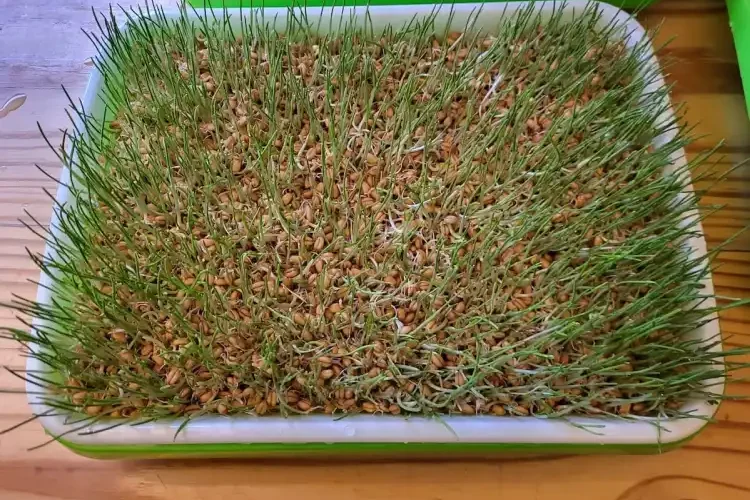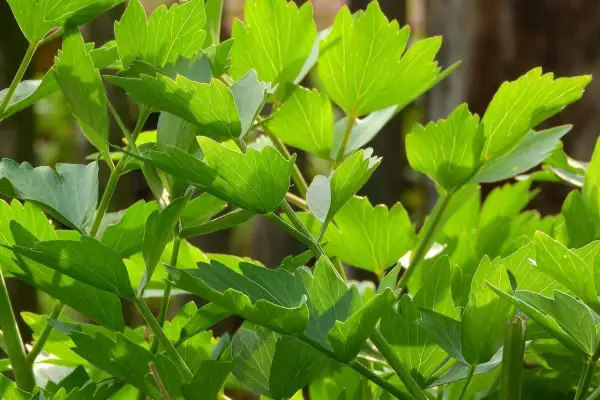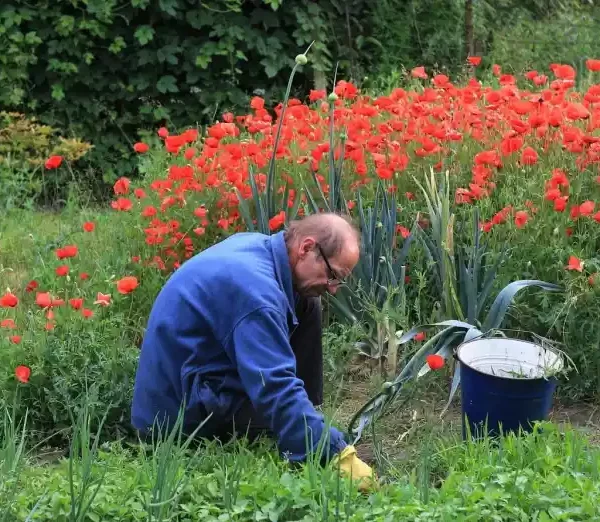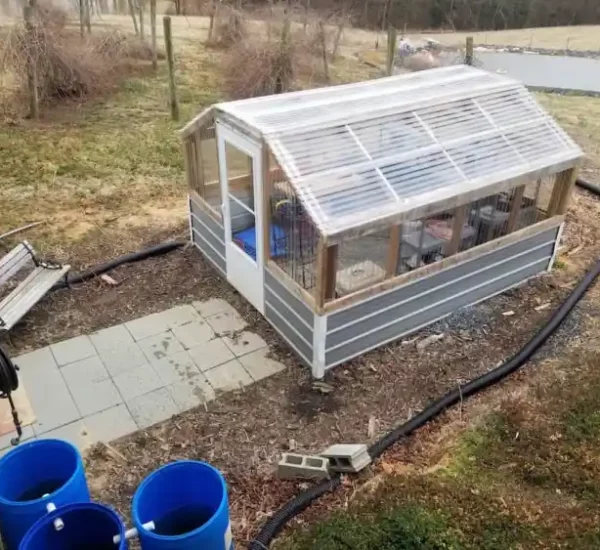Introduction
Growing fodder for chickens and other livestock is a sustainable and cost-effective way to provide nutritious feed year-round. In this expert guide, we’ll explore the process of growing fodder, from selecting suitable grains to harvesting and feeding, while referencing advice from government agencies, horticultural bodies, and academic experts.
Selecting Suitable Grains for Fodder
Research and Planning
Before starting your fodder-growing operation, research the nutritional needs of your chickens or livestock to determine the most suitable grains to grow. Common options include barley, wheat, oats, and rye, each offering unique nutritional profiles.
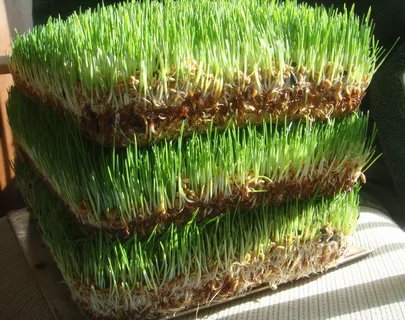
Seed Selection
Choose high-quality, untreated seeds from reputable suppliers to ensure optimal germination and growth. Consider factors such as seed purity, germination rates, and disease resistance when selecting seeds for fodder production.
Setting Up a Fodder-Growing System
Hydroponic Method
One popular method for growing fodder is hydroponics, which involves sprouting grains in trays or racks using water and nutrients. Construct a simple hydroponic system using trays, water pumps, and grow lights, or purchase a ready-made system from a reputable supplier.
Sprouting Method
Alternatively, you can grow fodder using the traditional sprouting method. Soak grains overnight, then spread them evenly in trays or containers lined with moist paper towels or growing medium. Rinse the grains daily and provide adequate airflow to prevent mold growth.
Growing and Harvesting Fodder
Germination Phase
During the germination phase, keep the grains moist and warm to encourage sprouting. Monitor temperature and humidity levels closely to ensure optimal conditions for germination. Depending on the type of grain and growing method, sprouts should be ready for harvest in 5 to 7 days.
Growth Phase
As the sprouts grow, they will develop roots and green shoots, indicating that they are ready for harvest. Monitor the growth closely and adjust watering and lighting as needed to promote healthy growth. Harvest the fodder when it reaches the desired height, typically 6 to 8 inches.
Feeding Fodder to Chickens and Livestock
Introducing Fodder
Introduce fodder to your chickens or livestock gradually, starting with small amounts and gradually increasing the quantity over time. Monitor their response to the new feed and make adjustments as needed to ensure they receive adequate nutrition.
Nutritional Benefits
Fodder is a nutritious feed option for chickens and livestock, providing essential vitamins, minerals, and protein. Incorporating fodder into their diet can improve overall health, egg production, and weight gain, leading to healthier and more productive animals.
Conclusion
Growing fodder for chickens and livestock is a rewarding and sustainable practice that offers numerous benefits for both animals and farmers. By following proper methods and guidelines, you can produce high-quality fodder year-round, ensuring your animals receive the nutrition they need for optimal health and performance.
What is fodder and why is it important for chickens and livestock?
Fodder refers to feed grown specifically for animals, typically consisting of sprouted grains or legumes. It is important for chickens and livestock as it provides essential nutrients, vitamins, and minerals necessary for their growth, health, and productivity.
Which grains are best for growing fodder?
Common grains used for growing fodder include barley, wheat, oats, and rye. Each grain offers unique nutritional benefits and can be tailored to meet the specific dietary requirements of chickens and livestock.
How long does it take to grow fodder for chickens and livestock?
The time it takes to grow fodder depends on factors such as the type of grain, growing method, and environmental conditions. In general, fodder can be ready for harvest in 5 to 7 days after sprouting.
What equipment do I need to grow fodder at home?
To grow fodder at home, you’ll need trays or containers for sprouting, seeds, water, and a suitable growing medium. Additionally, you may need grow lights, water pumps (for hydroponic systems), and temperature/humidity monitors to create optimal growing conditions.
Can I grow fodder without soil?
Yes, fodder can be grown without soil using hydroponic or sprouting methods. Hydroponic systems use water and nutrients to support plant growth, while sprouting methods rely on moist paper towels or growing medium to sprout grains.
How much space do I need to grow fodder for chickens and livestock?
The amount of space needed to grow fodder depends on the scale of your operation and the number of animals you intend to feed. Fodder can be grown in small trays or containers indoors or outdoors, making it suitable for both urban and rural settings.
What are the benefits of growing fodder for chickens and livestock?
Growing fodder offers numerous benefits, including cost savings, improved animal health, and reduced reliance on store-bought feed. Fodder is also rich in nutrients and enzymes, making it a highly digestible and nutritious feed option for animals.
Can I use leftover grains from my kitchen to grow fodder?
Yes, leftover grains such as barley, wheat, or oats can be used to grow fodder for chickens and livestock. Simply soak the grains overnight and follow the sprouting process to produce nutritious feed for your animals.
How often should I feed my chickens and livestock with fodder?
The frequency of feeding fodder to chickens and livestock depends on factors such as their nutritional requirements, age, and activity level. As a general guideline, fodder can be fed daily as part of their diet, supplementing other feeds as needed.
Are there any potential challenges or risks associated with growing fodder?
While growing fodder is relatively straightforward, challenges such as mold growth, pests, and fluctuations in temperature or humidity may arise. Proper sanitation, monitoring, and management practices can help mitigate these risks and ensure successful fodder production.
- Explore THC Infused Drinks in New York - May 9, 2025
- The Latest in THC Seltzers Across Texas - May 9, 2025
- Top THC Infused Drinks Available in Oklahoma - May 9, 2025

